Among the most fascinating wild berries of North America, Blue Elderberries (Sambucus nigra ssp. cerulea) stand out for their beauty, hardiness, and health benefits. Often found thriving in the foothills and mountain regions of the western United States, these berries are both ornamental and deeply functional — a rare combination that delights foragers, herbalists, and gardeners alike.
Inspired by the YouTube video “Blue Elderberries,” this post explores the charm and utility of these native shrubs — how they grow, how to identify them, how to cultivate them in your own garden, and how to turn their fruit into delicious and healing foods. If you love native plants, pollinator gardens, or natural remedies, the Blue Elderberry deserves a prominent place in your landscape.
What Are Blue Elderberries?
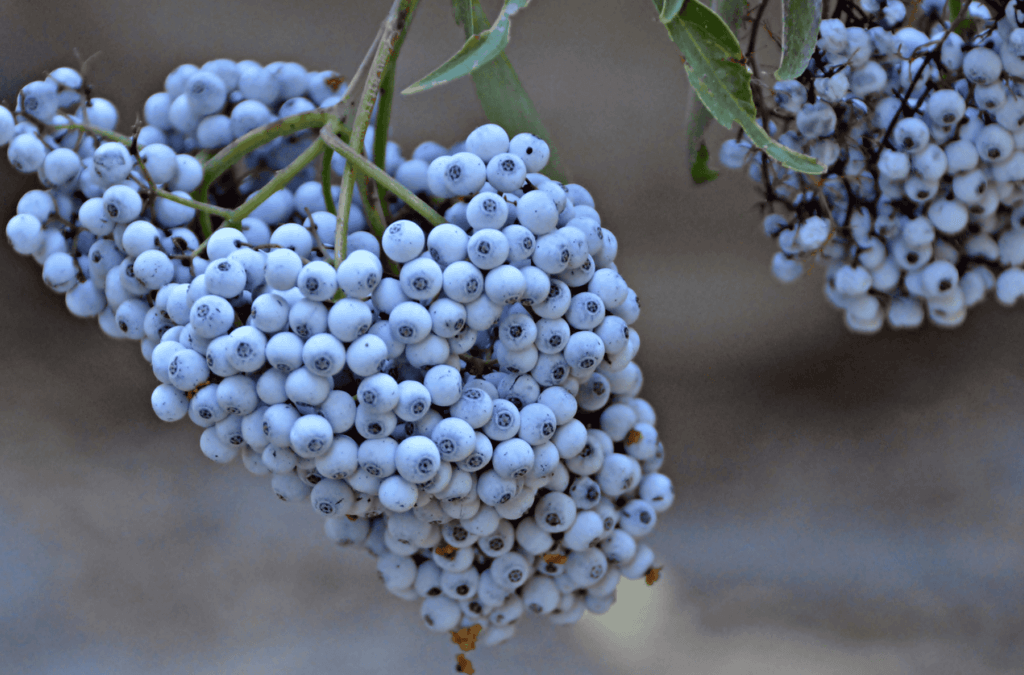
The Blue Elderberry, also known as Mexican Elderberry or Western Elderberry, is a deciduous shrub or small tree belonging to the Adoxaceae family. It is a close relative of the well-known European black elderberry (Sambucus nigra) and the American elderberry (Sambucus canadensis).
What sets this variety apart is its striking powdery blue fruit — clusters of tiny berries that appear in late summer and early fall, giving the plant its distinctive name. The berries themselves have a dark purple flesh beneath their blue bloom, and they’re prized for their nutritional and medicinal properties.
Native to western North America, Blue Elderberries can be found growing wild from British Columbia through California and into northern Mexico, typically at elevations between 1,000 and 9,000 feet. They often grow along streams, hillsides, and forest edges, thriving in the sunshine and resilient against drought once established.
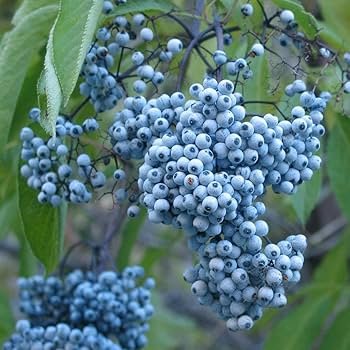
The Unique Beauty of the Blue Elderberry
One of the reasons gardeners love this plant is its ornamental charm. Blue Elderberry isn’t just useful — it’s visually stunning:
- Foliage: Bright green, pinnate leaves that add lush texture to the landscape.
- Flowers: In spring and early summer, the shrub bursts into clusters of creamy white blossoms that attract bees and butterflies.
- Berries: By late summer, these blossoms mature into dense clusters of small blue berries, coated in a soft, waxy bloom that makes them appear almost frosted.
In full sun, a mature Blue Elderberry can grow 10 to 20 feet tall, forming a multi-stemmed, spreading shrub that provides shade, habitat, and striking visual appeal.
Blue Elderberry vs. Black Elderberry
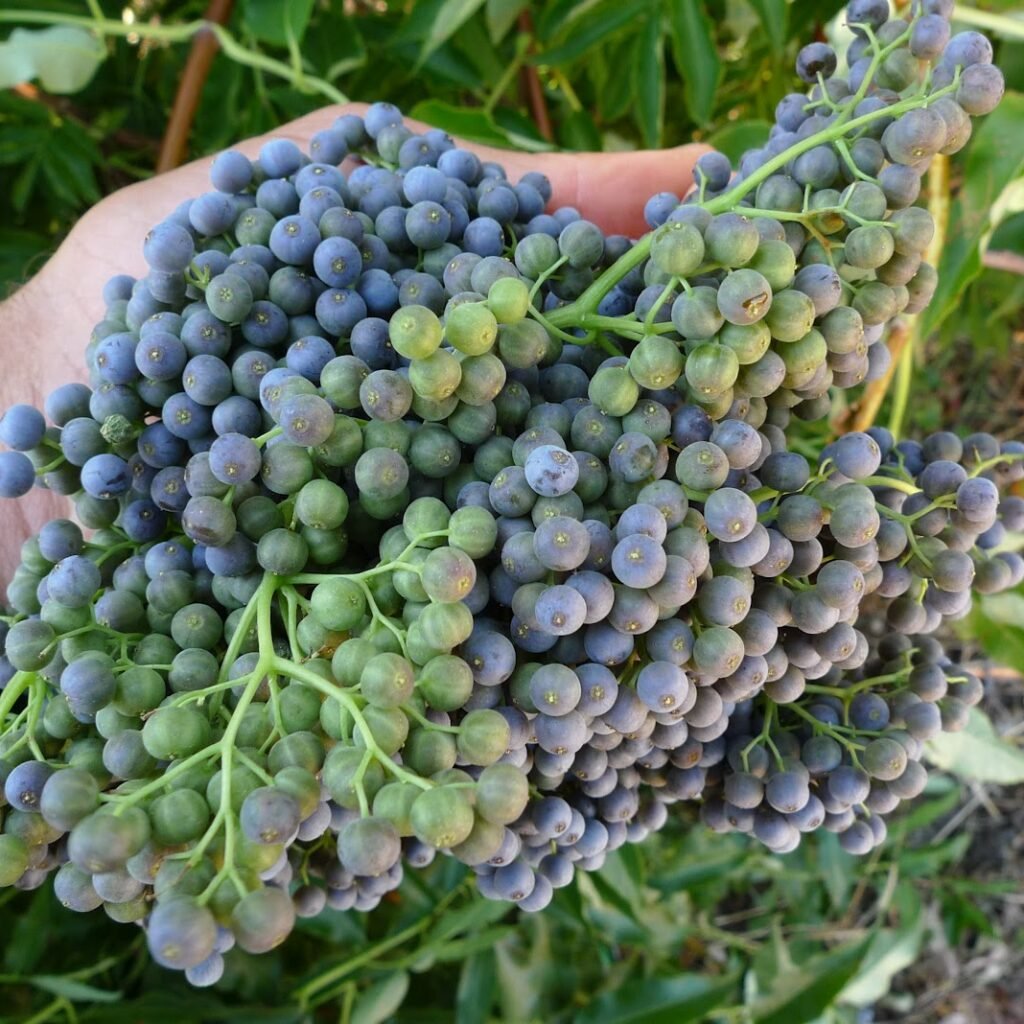
At first glance, you might confuse the Blue Elderberry with its European or American relatives, but there are clear differences:
| Feature | Blue Elderberry | Black Elderberry |
|---|---|---|
| Scientific Name | Sambucus nigra ssp. cerulea | Sambucus nigra / Sambucus canadensis |
| Fruit Color | Dusty blue with a waxy bloom | Deep purple-black |
| Native Range | Western North America | Eastern North America & Europe |
| Growth Habit | More tree-like, up to 20 ft | Shrubby, up to 10 ft |
| Flavor | Tart and mildly sweet | Strong, earthy, slightly bitter |
| Climate Tolerance | Hot, dry summers | Moist, temperate climates |
Both are valuable for wildlife and humans alike, but Blue Elderberry shines in regions that are too dry or sunny for black elderberries to thrive.
Growing Blue Elderberries in Your Garden
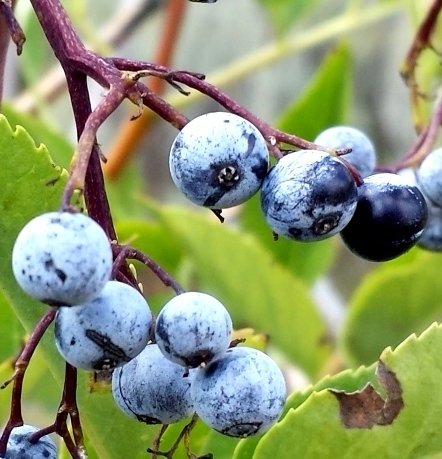
If you live in the western or southwestern United States, growing Blue Elderberries at home is both rewarding and surprisingly easy.
1. Choosing the Right Location
Blue Elderberries love sunshine and can tolerate partial shade but produce best in full sun. Choose a site with good air circulation and space to spread — they can grow quite large.
2. Soil Requirements
They’re adaptable to most soils but prefer well-drained, loamy soil. Avoid overly compacted or waterlogged areas. While they can handle alkaline conditions, adding compost or mulch helps improve soil fertility and moisture retention.
3. Watering Needs
These plants are drought-tolerant once established, but regular watering during the first couple of years helps ensure strong root growth. After that, they need only occasional deep watering in dry periods.
4. Planting Tips
- Plant in early spring or fall for best results.
- Space plants 8–10 feet apart if growing multiple shrubs.
- Mulch around the base to suppress weeds and retain soil moisture.
5. Pruning
Prune in late winter to early spring to remove old wood and encourage new growth. Blue Elderberries produce their fruit on new wood, so regular pruning leads to better yields and a more compact shape.
Companion Plants for Blue Elderberry
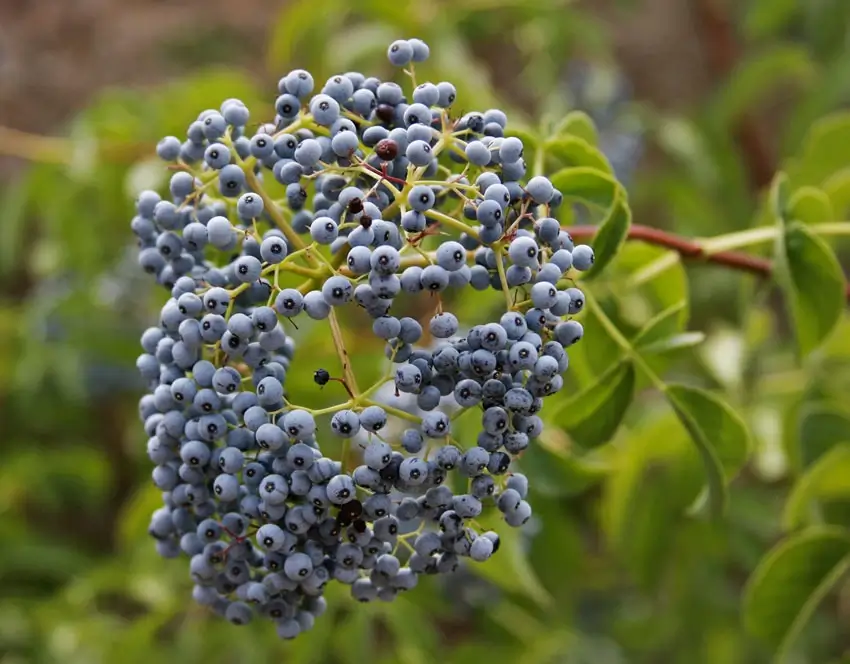
Blue Elderberries pair beautifully with other native or pollinator-friendly species. Consider combining them with:
- Yarrow (Achillea millefolium) for contrast and drought tolerance.
- California Lilac (Ceanothus) for a stunning native display.
- Lavender or sage for aromatic, bee-friendly borders.
- Native grasses for a naturalized, meadow-like look.
This combination creates a garden that’s not only beautiful but also supports pollinators, birds, and beneficial insects.
Pollinators and Wildlife Benefits
Few plants are as ecologically valuable as Blue Elderberries.
- Pollinators: The fragrant white flowers draw bees, butterflies, and other beneficial insects.
- Birds: When berries ripen, they attract songbirds like robins, cedar waxwings, and bluebirds.
- Wildlife Habitat: Dense branches provide nesting cover for small birds and shelter for insects.
If your goal is to create a wildlife-friendly garden, Blue Elderberry should be high on your list.
Harvesting Blue Elderberries
Timing: Harvest typically occurs between July and September, depending on your region. Wait until berries are deep blue and easily detach from the stem.
How to Harvest:
- Use scissors or pruning shears to cut entire clusters.
- Avoid eating raw berries — while they’re not as toxic as some other elderberries, it’s safest to cook them first.
- Wear gloves if you have sensitive skin, as the juice can cause mild irritation.
Once harvested, you can freeze the berries, dry them, or cook them immediately.
Culinary and Medicinal Uses
For centuries, elderberries have been treasured for both their taste and health properties. Blue Elderberries are no exception.
1. Culinary Uses
Cooked Blue Elderberries can be used to make:
- Elderberry syrup – a classic immune-boosting tonic.
- Jams and jellies – rich, tart, and full of antioxidants.
- Wine and cordials – traditional in many regions.
- Baked goods – mixed into pies, muffins, or sauces.
Their flavor is tangy with mild sweetness, similar to black elderberries but slightly fruitier when cooked.
2. Medicinal Uses
Elderberries have long been used in herbal medicine to support the immune system and fight colds and flu. The berries are high in vitamin C, anthocyanins, and antioxidants, which help reduce inflammation and support overall wellness.
Traditional uses include:
- Elderberry tea for soothing sore throats.
- Syrups and tinctures to strengthen immunity.
- Topical applications for skin health (in salves or creams).
⚠️ Note: Always cook Blue Elderberries before eating. Raw berries and leaves contain compounds that can cause nausea or mild toxicity if consumed in large quantities.
Seasonal Care
Spring:
- Fertilize lightly with compost.
- Prune dead or weak stems.
- Watch for early aphids or powdery mildew.
Summer:
- Water regularly during dry spells.
- Enjoy the floral display and pollinator activity.
- Harvest berries when ripe.
Fall:
- Collect any remaining fruit.
- Mulch around the base for winter protection.
Winter:
- Allow the plant to go dormant.
- Perform rejuvenation pruning if necessary.
Pests and Diseases
Blue Elderberries are remarkably hardy but can occasionally face:
- Aphids: Treat with insecticidal soap or neem oil.
- Powdery Mildew: Improve air circulation and avoid overhead watering.
- Borers: Keep plants healthy and remove affected stems if necessary.
Generally, elderberries bounce back quickly from minor pest damage, especially when well cared for.
Environmental and Cultural Importance
The Blue Elderberry holds an important place in Native American culture. Many indigenous peoples used its flowers, berries, and wood for food, medicine, and crafts. The hollow stems were fashioned into musical instruments or tools, while the berries were a source of nutritious food and dye.
In modern times, planting native species like the Blue Elderberry helps restore local ecosystems, support biodiversity, and preserve cultural heritage.
Final Thoughts
The Blue Elderberry is far more than just a pretty native shrub — it’s a living connection to nature’s cycles of growth, nourishment, and healing. With its vibrant flowers, powdery blue fruit, and ability to attract pollinators and birds, it’s a powerhouse plant that brings life and vitality to your garden.
Whether you’re drawn by its ornamental charm, its rich heritage, or its practical benefits, cultivating Blue Elderberries is a rewarding experience. They’re resilient, adaptable, and beneficial to both people and wildlife — truly a gift from nature’s own pantry.
So, if you’re looking for a way to blend beauty, utility, and ecology in your garden, plant a Blue Elderberry. Watch it flourish — and enjoy the sight of those brilliant blue berries glowing under the summer sun, a reminder of the natural abundance all around us.
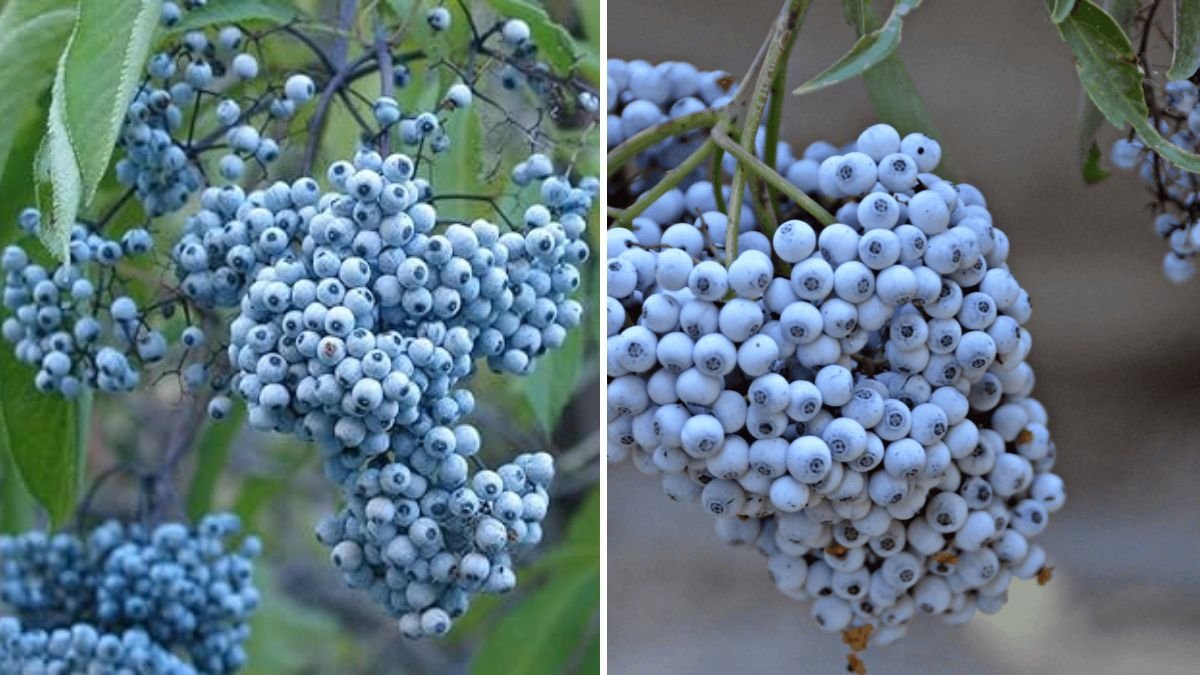
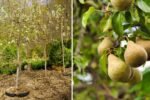
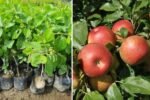
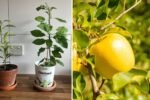
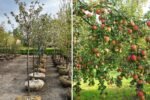

Leave A Comment